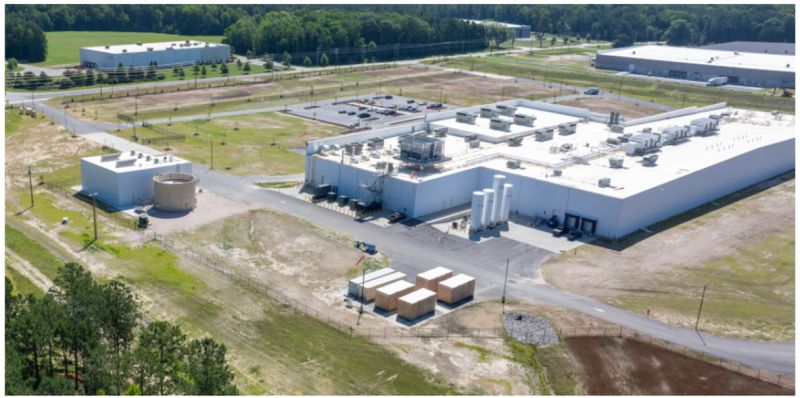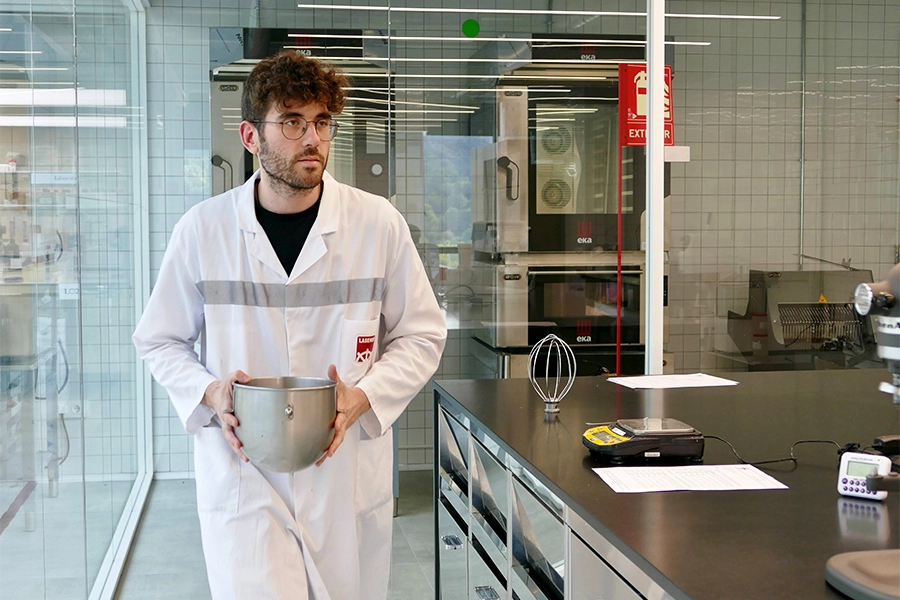
-1.jpg)
Report exposes misleading depictions of animal farming in the food chain
A new report by The Animal Law Foundation has revealed how the depiction of animal farming in advertising, media, and food labeling significantly differs from the realities of industrial farming. The Food Chain Misinformation Report (March 2025) explores how these portrayals impact consumer perceptions and purchasing decisions, raising concerns about transparency in the food industry.
The report identifies widespread use of imagery showing healthy, free-ranging animals in supermarkets, advertisements, and food packaging, despite most livestock being raised in intensive farming conditions. It also highlights inconsistencies in how farming is presented in news media and television programming, often reinforcing an idyllic narrative that does not align with the conditions on many industrial farms.
According to the report, 95.45% of food producers used imagery featuring healthy-looking animals, and all major UK supermarkets displayed images of livestock outdoors on their corporate websites. However, data from the report indicates that around 85% of farmed animals in the UK are raised in industrial farming systems, often in confined spaces.
“It is commonplace for animals to be overwhelmingly depicted outdoors in imagery, videos, or drawings,” the report states. “Although animals are shown indoors across all mediums, the overwhelming majority appear healthy and well, with standard industry practices such as overcrowding, farrowing crates for sows, and beak trimming for poultry rarely shown.”
The study also examined ten major UK newspapers and found that only 16.13% of published images showed animals in poor condition or deceased, with the majority of these cases related to salmon farming or avian influenza outbreaks. Meanwhile, the dominant imagery across food journalism mirrored advertising trends, featuring outdoor farming environments that represent only a fraction of actual farming conditions.
-cover.jpg)
In addition to analyzing media coverage, the report assessed supermarket websites and product packaging. It found that 66.67% of major UK supermarkets used imagery or videos of animals alongside farmers, reinforcing a perception of small-scale, ethical farming practices. Three of the nine supermarkets surveyed did not display any images of animals being reared indoors, while those that did used visuals showing clean barns, well-fed livestock, and family farming settings.
“In reality, many industrial farms house tens of thousands of animals in enclosed conditions, and yet this is seldom reflected in consumer-facing imagery,” the report notes. “The disparity between representation and reality may mislead consumers, impacting their food choices and understanding of welfare standards.”
The report also highlights regulatory gaps that allow misleading representations to persist. It points to weaknesses in advertising standards and consumer protection laws, which, while designed to prevent false advertising, do not explicitly address the selective portrayal of farming conditions.
Consumer trust in food labeling was another area of concern. The report references studies indicating that over half of UK consumers are prepared to boycott companies over misleading claims about food sourcing and sustainability. “Misinformation can include misleading marketing campaigns, unsubstantiated health claims, and misrepresentation of food production practices,” it states, adding that such practices “erode consumer trust, not just in individual brands but in regulatory bodies overseeing the industry.”
The Food Chain Misinformation Report concludes with a call for greater transparency in how food production is depicted. It urges retailers, media, and policymakers to align representations of farming with the realities of industrial agriculture and to ensure consumers are better informed.
“If we are serious about consumer choice and food ethics, the industry must be held accountable for how it presents its products,” the report states. “Consumers deserve accurate information about where their food comes from, so they can make informed decisions based on reality rather than marketing narratives.”
The findings suggest that improved labeling standards, stricter regulations on advertising, and more balanced media portrayals could help bridge the gap between perception and reality in the food system. As consumer awareness grows, the pressure for meaningful change is likely to increase.
If you have any questions or would like to get in touch with us, please email info@futureofproteinproduction.com






